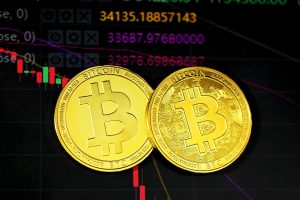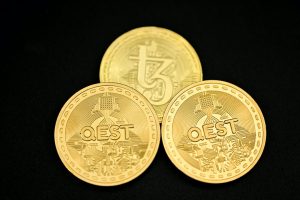Futures and Forex are two of the most popular trading instruments in the financial market. They both involve trading in the financial markets and are often used by traders and investors to hedge against risk or make speculative gains. Understanding what these two trading instruments are and how they work is important for anyone interested in trading in the financial markets.
Futures
Futures are contracts that are traded on regulated exchanges that specify the obligation of the buyer to purchase an underlying asset at a set price and time in the future. The underlying asset can be a commodity, a stock index, a currency, or even a bond. The price at which the asset will be bought or sold is agreed upon at the time the contract is made, and the transaction is settled at a future date.
Futures contracts are standardized, which means that all contracts for the same underlying asset have the same specifications, including the size of the contract, the expiration date, and the method of settlement. This standardization allows for easy trading and price discovery.
Futures trading can be used for hedging or speculation. For example, a farmer might sell a futures contract for his crop to lock in a price for the future, protecting himself against price fluctuations. A trader might buy a futures contract in anticipation of a price increase, hoping to make a profit from the price increase when the contract is settled.
Forex
Forex, or foreign exchange, is the market where currencies are traded. The forex market is the largest and most liquid financial market in the world, with an average daily trading volume of over $5 trillion.
Forex trading involves buying and selling currencies in pairs. For example, a trader might buy the EUR/USD pair, which means buying euros and selling dollars. The price of the currency pair reflects the relative value of the two currencies. If the euro is expected to increase in value relative to the dollar, the price of the EUR/USD pair will rise, and vice versa.
Forex trading can also be used for hedging or speculation. For example, a company that does business in Europe might use forex trading to hedge against currency risk, protecting themselves against losses if the euro were to weaken. A trader might speculate on the direction of a currency pair, hoping to profit from the price movements.
Differences between Futures and Forex
While futures and forex are both trading instruments, there are some key differences between the two.
Underlying Asset: Futures contracts are based on an underlying asset, such as a commodity, stock index, or currency. Forex trading, on the other hand, involves buying and selling currencies.
Regulation: Futures contracts are traded on regulated exchanges, while forex trading is done over-the-counter (OTC) through electronic trading platforms. This means that forex trading is less regulated than futures trading.
Leverage: Both futures and forex trading allow traders to use leverage, which means borrowing money to increase their trading power. However, the amount of leverage available in forex trading is generally higher than in futures trading, which can increase the risk of losses.
Trading Hours: Futures contracts are traded during specific trading hours, while forex trading is available 24 hours a day, five days a week.
Conclusion
Futures and forex are both popular trading instruments in the financial market, but they differ in terms of the underlying asset, regulation, leverage, and trading hours. Both can be used for hedging or speculation, but traders should be aware of the risks involved in trading these instruments. Understanding the differences between futures and forex is important for anyone interested in trading in the financial markets.





